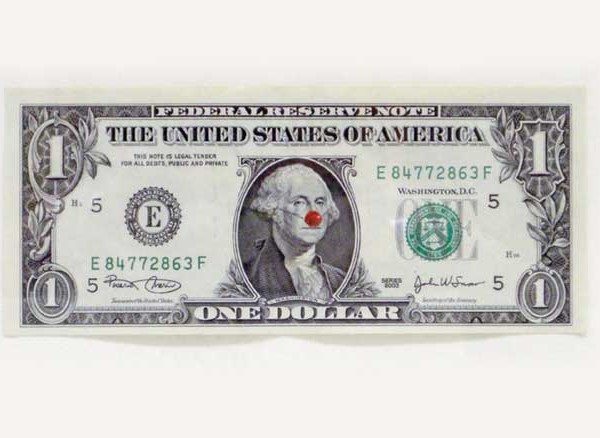


Hans-Peter Feldmann
B. 1941
Lives and works in Dusseldorf (Germany)
He is represented by several galleries, including the Galerie Martine Aboucaya, Paris.
Active since the 1960s, today Hans-Peter Feldmann is a major figure on the contemporary art scene. His works—photographic series, sculptures, installations, collections and books—have their origins in the acts of archiving and assemblage, particularly of images. Whether these are found images—press cuttings, postcards, documents, photographs—or whether they are of his own creation, they are characterized by their eclecticism and are constituent of a shared visual culture, specific to contemporary Western society. Using these oftentimes banal or bizarre images, blurring the distinctions or hierarchies between popular culture and the avant-garde, Feldman creates artist’s books, and exhibitions. His books without text, and photographic series, inventory a range of specific motifs, such as women’s legs (Legs), individuals smoking on a train (Smoke), or representations of love (Liebe – love). In the 1980s, the artist withdrew from the world of art in response to the increasing importance of money in the artistic sphere. He returned to art in the 1990s and chose to produce unlimited editions of works, which he no longer signed, thereby challenging the traditional codes and norms of the art market. His work brings a poetic dimension to everyday life and meaning to the constant stream or flux of images, typical of our era, as well as questioning notions of good taste and clichés.
Painting on paper, framed
6.5 x 15.5 cm
Acquisition in 2015
Money is one of the themes explored by Feldmann in his art, both in terms of its universality—everyone is concerned or affected by money—and its complexity with regard to the relationships it can generate between individuals. Winner of the Hugo Boss Prize in 2010 and awarded a prize fund of $100,000, the artist was invited to exhibit work at the Guggenheim Museum in New York. For the event, he decided to ‘exhibit’ his award, by covering all the walls of the exhibition space with 100,000 one dollar bills, a collection of ‘images’ which can be said to visually and ironically depict capitalism and its excesses. For the work entitled One Dollar Bill with red nose, Feldmann once again makes use of the famous American one dollar bill. In an iconoclastic gesture, he paints a red nose over the portrait of George Washington. The emblematic attribute of the clown applied to such a symbol is both a humorous act and a call to de-dramatize our relationship with money. A similar gesture was already used by the artist to refresh an older series of portraits. Feldmann dramatizes his subjects and creates a certain mise en scène with this simple addition. In 2014, Hans-Peter Feldmann was invited by Lab’Bel to create the first collector’s box edition of The Laughing Cow®. For this, he decided to adorn the iconic laughing cow with the same red nose in order to appeal to the sense of humour of the viewer, who in this particular instance is no longer a visitor to an exhibition space, but is instead the consumer doing their supermarket shopping.